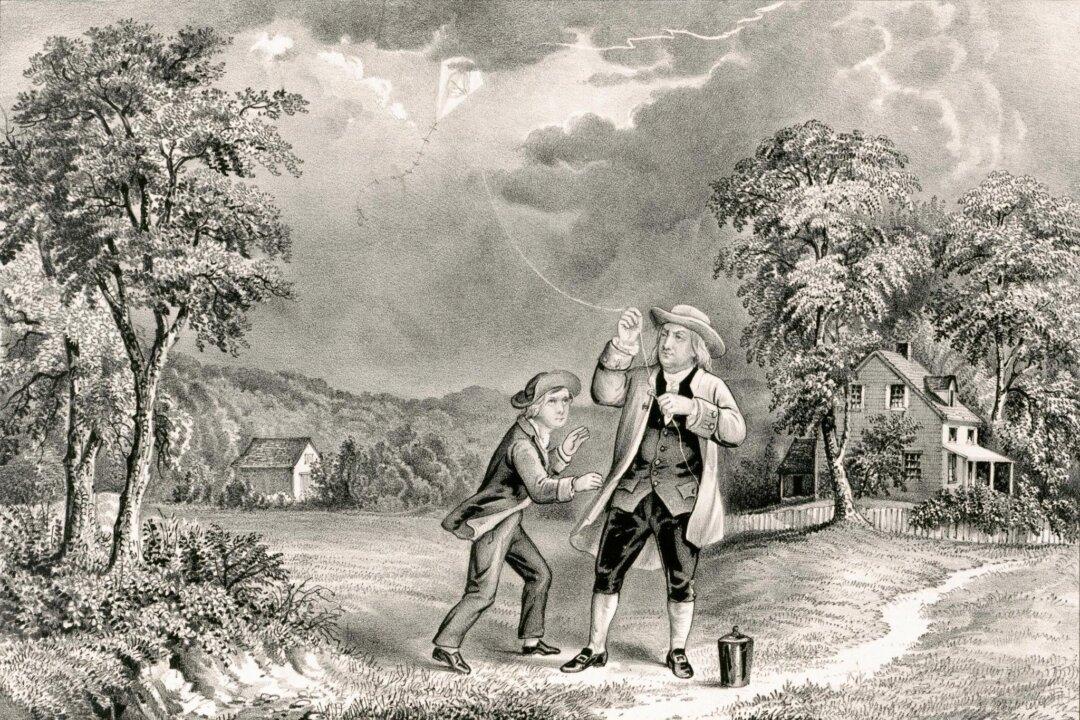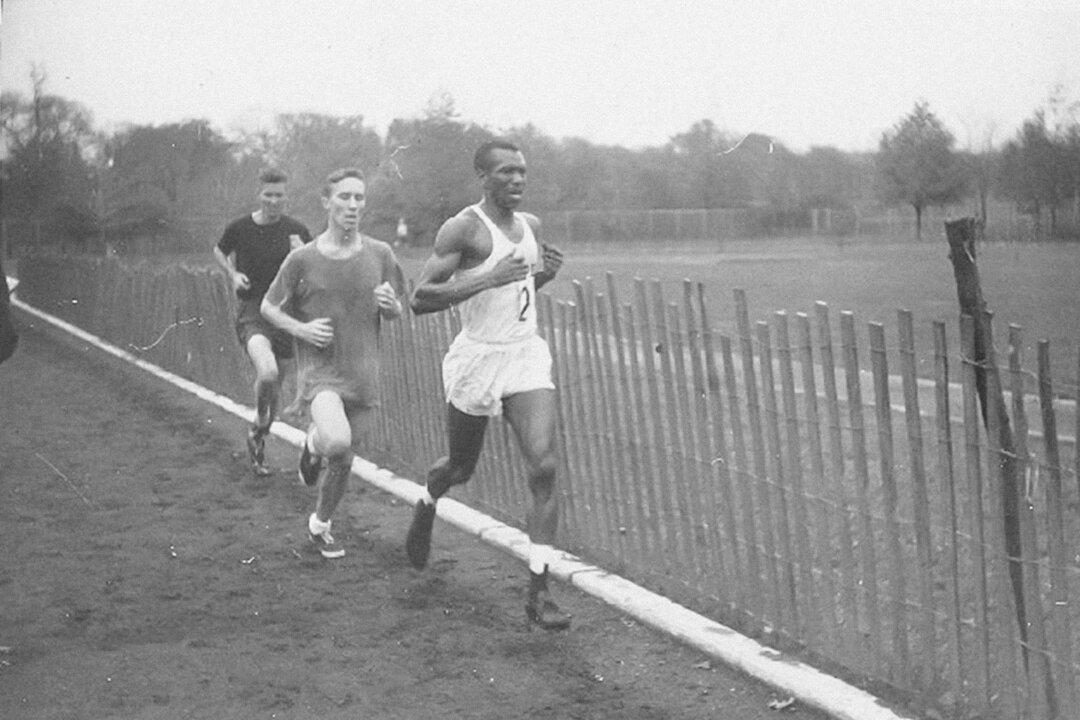Among the Founding Fathers of the United States were inventors and scientists. More importantly, however, the Founders were truly inventive leaders. They were tremendous problem-solvers and great innovators across a wide spectrum of academic and practical pursuits. There seems to be no end to their involvement in research and development on behalf of the new nation. Their biographies always leave you wondering, “How did they find the time, and when did they sleep?” Hamilton, for example, led his battalion to victory in the decisive battle of Yorktown. He later became the very first treasury secretary. Without any previous template to follow, he devised the national banking system that was necessary for the economic development of the United States. Thanks to his genius, our very bankrupt country overcame the financial problems of its earliest years. Without capital from banks and loans, future inventors would never have been able to open businesses or sell their new products.
What was their motivation? Why were the Founders so inventive, and what hopes and dreams did they have for us? Their future vision rings as clearly in their writing and in their work as the Liberty Bell rang before the famous crack. They wanted prosperity and a rising GDP for us and for our children. Surrounded by European military powers, economic independence was needed just to survive. To achieve it, the Founders carefully designed a more open business climate—a better kind of capitalism than the one that they had suffered with under the British Empire.


